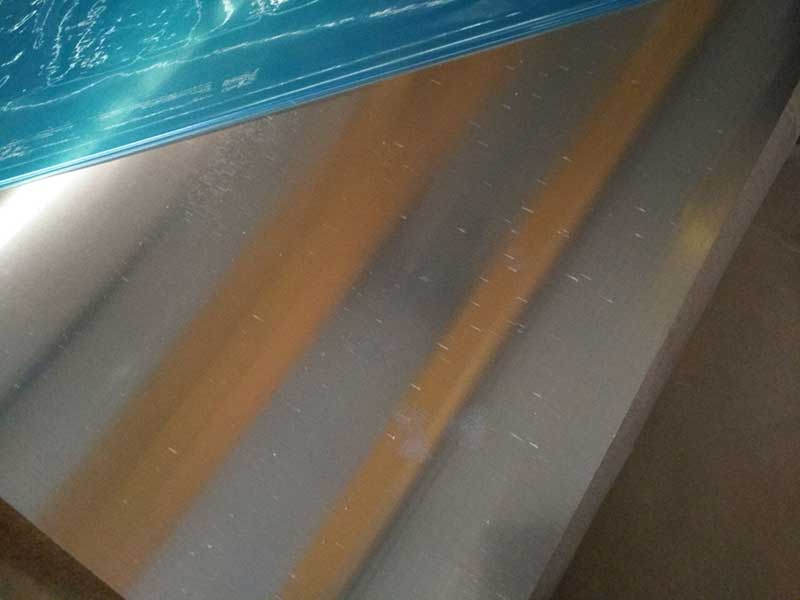5383 Aluminum Plate
5383 Aluminum Plate: Its Features and Applications
The world of engineering materials has long been revolutionized by aluminum alloys, known for their lightweight nature coupled with mechanical properties. Among these alloys, 5383 aluminum stands out for its exceptional characteristics which cater to specific industrial and marine necessities. By examining 5383 aluminum plate through a unique lens, we unravel both its technical features and the extensive applications it serves.
5383 Aluminum Alloy
At its core, 5383 aluminum is part of the 5000 series, primarily alloyed with magnesium and slight additions of manganese and chromium for improved strength and corrosion resistance. Following the standards set by the Aluminum Association, the nominal composition of 5383 aluminum includes approximately:
- Magnesium (Mg): 4.0% - 4.9%
- Manganese (Mn): 0.4% - 1.5%
- Chromium (Cr): 0.05% - 0.25%
- Di and other additives: Balance primarily of Aluminum (Al)
Technical Features of 5383 Aluminum Plate
1. Enhanced Corrosion Resistance:One of the most defining features of the 5383 aluminum plate is its remarkable resistance to corrosion, especially in oceanic environments. This characteristic makes it a suitable choice for applications in marine environments, such as boat hulls and docks.
2. Robust Mechanical Properties:The 5383 aluminum typically exhibits superior strength and toughness. With features such as high yield and tensile strength, it's preferred for applications where mechanical stress is prevalent. The material can undergo rigorous tempering processes, enhancing its profile further:
- Typical yield strength: Approx. 275 MPa
- Typical ultimate tensile strength: Approx. 310 MPa
3. Fabricability and Weldability:Unlike many strong materials that sacrifice workability, 5383 aluminum is known for its good deformability, making it relatively easy to handle and fabricate. With welding processes compatible, it finds usage even in critical structuring systems.
4. Alloy Temper Designations:To customize the alloy’s final characteristics, the temper plays a significant role. The most common temper designations for 5383 include:
- H111 (strain; controlled and solution heat-treated): While it indicates that the metal has been worked to about 10% strain, which contributes to enhanced strength.
- H131 (welded and traditional applications): Its accounting for pre-heating of the plate translates into reinforcement in load-bearing scenarios.
Applications of 5383 Aluminum Plate
When situated within the realm of industrial applications, 5383 aluminum squarely targets sectors that benefit from its outstanding material properties:
1. Marine Industry:The salt-laden atmosphere wreaks havoc on standard steel structures. The corrosion resistant advantage elevates 5383 allocations for use sinuously alcove. It excels particularly within demand sectors—boat building, platform fabrication, and mid-size ship construction suspects.
2. Automotive Sector:In the perpetual quest for reduced weight without surrendering strength in automotive interiors and peripherals, 5383 increasingly finds its utility. Some innovative manufacturers leverage the alloy in specialized vehicle components tailored for significantly rigorous roads or water survival scenarios.
3. Structural Applications:Given its steady strength profile and massimo solutions under divers parameters, engineers twine 5383 panels to ascertain robustness in scaffolding, bracings, or compounded carrying mechanisms within industrial plants or tall constructions.
4. Packaging and Beverage Industries:Interestingly, certain applications overlapping with domestic and commercial joinery. There’s comparative hypotheses through explorative trends relating performance illustrative grades unfolded to produce reliable material sense through forming packaging cries for transformation efficacy.






